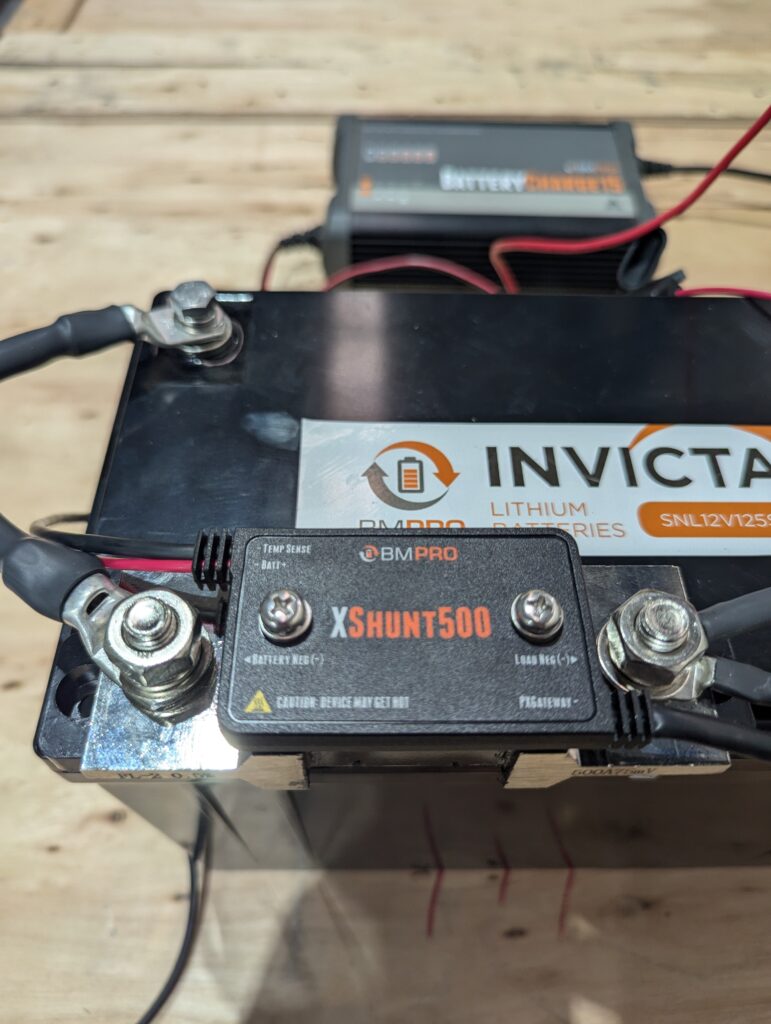
12V Guru – Uncover Your Battery’s Secrets
What’s going on with my batteries? Our 12V Guru discusses how shunts can help you track your batteries activity
There’s nothing quite like being outdoors – the sense of freedom and beauty of being one with nature. It’s an opportunity to hit pause on the monotony of the daily grind and truly experience something new.
Quite often, if travelling for longer and farther, one standard car may not be enough to carry all your belongings. A common solution is to tow either a trailer or caravan on the back of your vehicle, allowing you to store much more for your life on the road.
However, towing a caravan or trailer is far more complex than simply hitching one to the back of your vehicle, and travellers are encouraged to take certain precautionary measures prior to hitting the road. Here are our top tips for a safe road trip.
One of the most important things you must do prior to setting off is to check what your vehicle’s maximum towing capacity is. You need to ensure that your vehicle is comfortably able to tow the weight of your trailer and whatever is stored inside it.
Each vehicle will have a legal towing capacity based on its power, torque, rear axle strength, frame durability and grip of tyres. It is not only illegal to tow a higher weight than your vehicle’s maximum towing capacity, but it is also extremely dangerous to you, your passengers and others on the road. To ensure a safe journey, make sure you are well under the maximum towing capacity weight and do not overload your vehicle with excessive baggage.
Prior to setting off for a long-distance trip, you need to ensure everything is operating functionally as it should. Set up your vehicle and trailer with a similar weight load that you would be taking on your journey and then go for a short distance drive to ensure everything is operating correctly.
Make sure to test out your trailer at the speeds you will be driving on your journey. If you will be travelling at 100km on a freeway, then go for a short drive on a freeway at this speed. This will allow you to identify any problems with your trailer and ensure that you fix them before your travel.
Australian Design Rule mandates that all trailers that have a gross trailer mass above 2,000kg should utilise a break-away safety system on all wheels. To ensure your safety and the safety of those around you, incorporate a break-away safety system like BMPRO’s TrailSafe. This is designed to detect a disconnection when a mechanical pull pin is removed from the break-away safety system to activate both brakes and brake lights until there is no charge in the trailer battery or the pin is replaced. This prevents the caravan from continuing to roll and cause further damage to property, landscapes, cars and people around you.
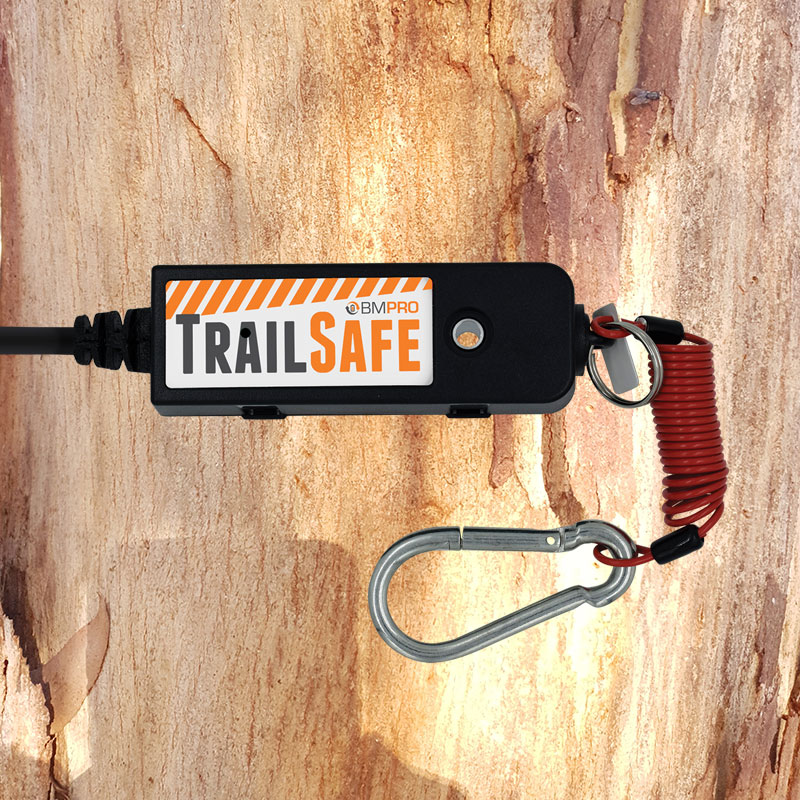
Before leaving for your journey ensure that you carry extra fuel. As your vehicle is towing extra weight, it will have to use significantly more fuel to produce enough power to accelerate. A common mistake that caravanners make is misjudging fuel consumption and how much further you can drive before needing to fill up with petrol. By carrying extra fuel, you can ensure that you won’t find yourself stranded in the middle of Woop Woop on an empty tank.
A sway control system is a great way to ensure trailer safety when travelling. In the event of changing road conditions, driver error, strong lateral winds or a passing truck, your trailer may sway to the side, in turn causing your vehicle to also sway and lose control.
BMPRO’s SwayControl can automatically stabilise your trailer in the event of swaying. By mounting the device to the underside of your trailer’s chassis, it wires directly to the trailer’s braking system and monitors its movement to detect swaying. If it detects trailer sway, it automatically activates the brakes to bring both the trailer and vehicle under control. By using a sway control system, you can minimise the risk of an accident occurring.
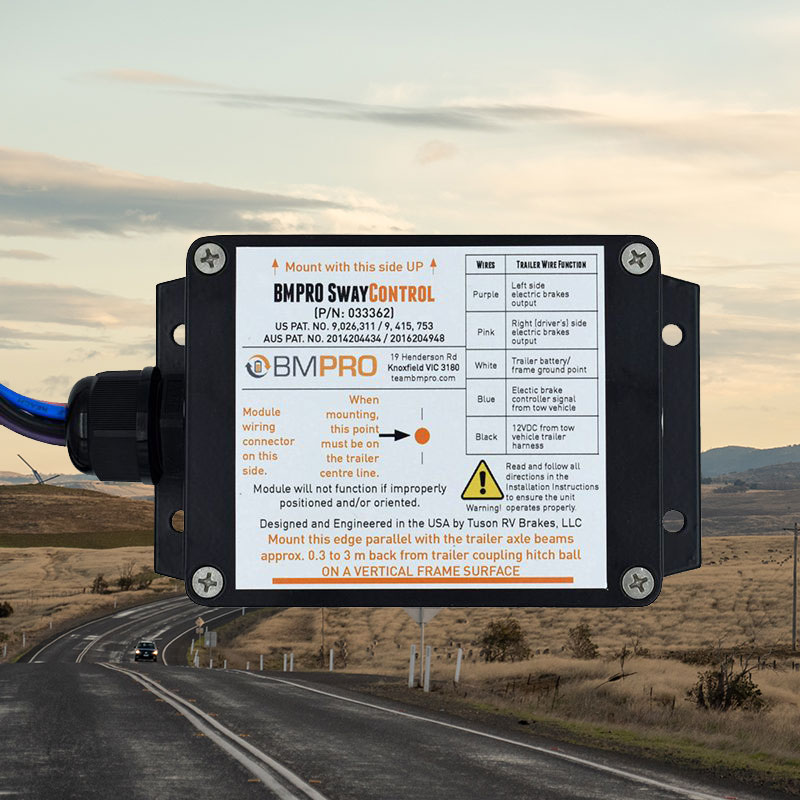
Travelling can be a great, freeing experience that brings much joy to you and those whom you choose to share the experience with. By following the above steps, ensure you have a great, safe trip – that’s one to remember!
Get in touch with us to see how we can help power your adventures.
Like this post? Share it!

What’s going on with my batteries? Our 12V Guru discusses how shunts can help you track your batteries activity
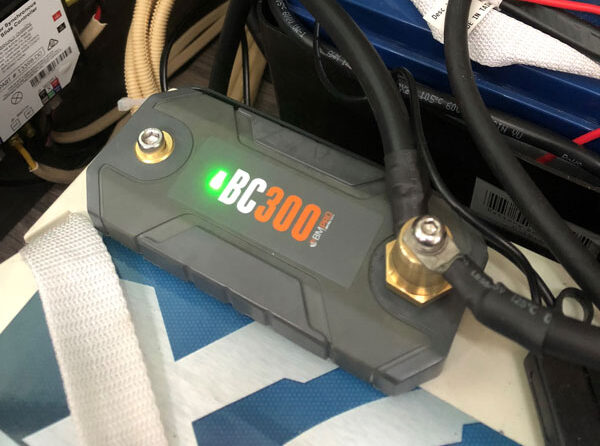
An electrical shunt is a critical component in electrical circuits. Find out why it’s important and how it functions right here.
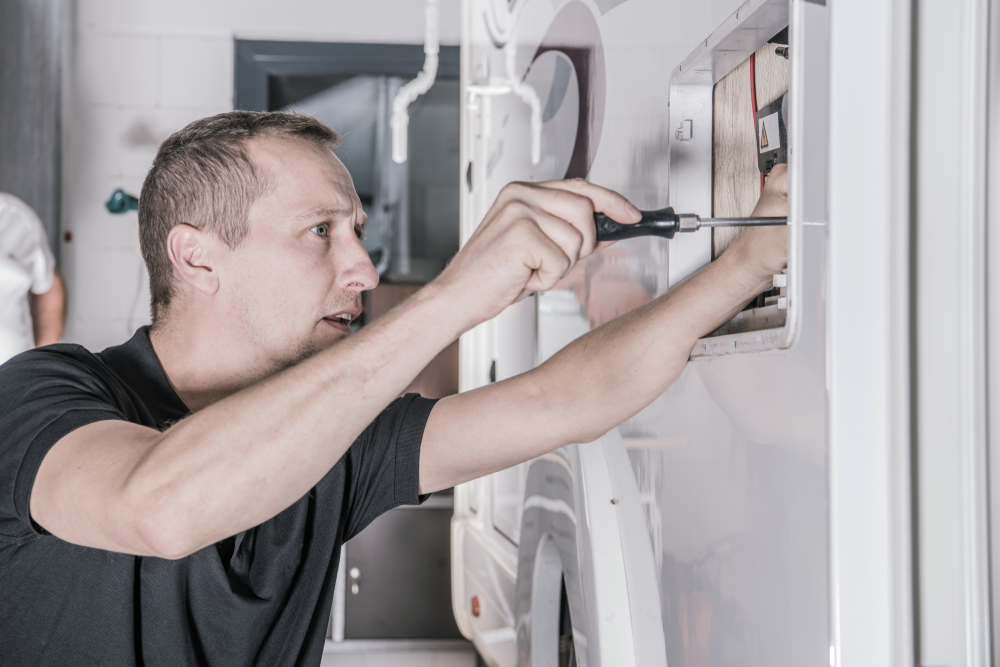
Our 12V Guru discusses what to look for in safety and functionality with 12Volt wiring when looking at second hand vans
